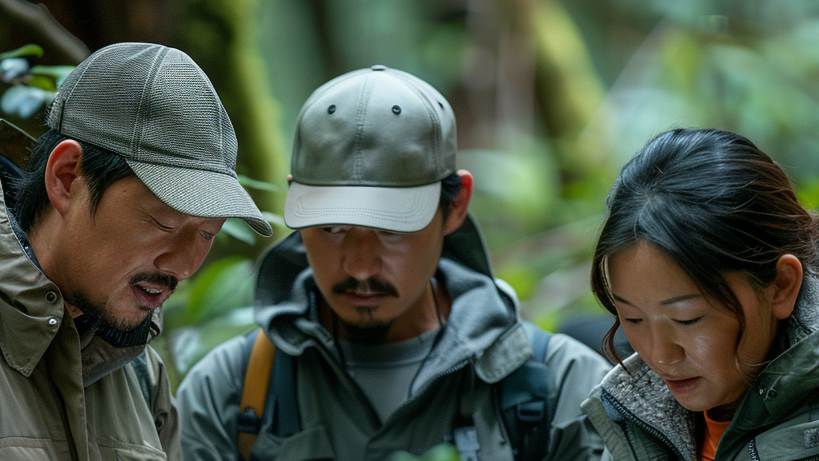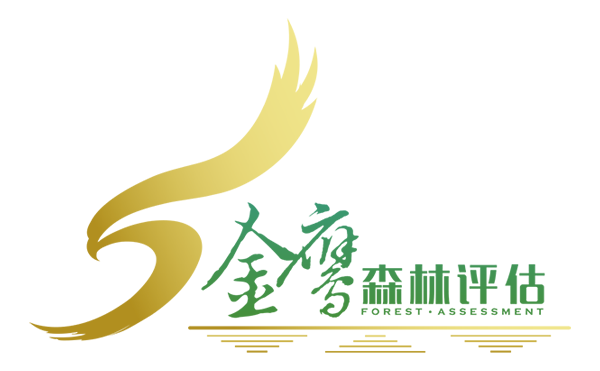發布:2024-11-27 瀏覽:0
森林資源資產評估是一項復雜的工作,需要根據森林資源的特性和評估目的選擇合適的評估方法。以下是一些常用的森林資源資產評估方法:
Forest resource asset assessment is a complex task that requires selecting appropriate assessment methods based on the characteristics and assessment purposes of forest resources. Here are some commonly used methods for evaluating forest resource assets:
1. 市場法:
1. Market approach:
木材市場價倒算法(剩余價值法):將被評估林木采伐后所得木材的市場銷售總收入,扣除木材經營所消耗的成本(含有關稅費)及應得的利潤后,剩余部分作為林木資產的評估價值。
Wood market price inversion algorithm (residual value method): The total market sales revenue of the timber obtained after the evaluation of the forest is harvested, after deducting the cost of timber operation (including relevant taxes and fees) and the profit due, the remaining part is used as the evaluation value of the forest asset.
現行市價法:以相同或類似林木資產的現行市價作為比較基礎,估算被評估林木資產評估價值的方法。
Current market price method: a method of estimating the assessed value of a forest asset based on the current market price of the same or similar forest assets as a comparative basis.
2. 收益法:
2. Income approach:
收益凈現值法:將被評估林木資產在未來經營期內各年的凈收益按一定的資本化率折現為現值,然后累計求和得出林木資產評估價值。
Net present value method of income: The net income of the evaluated forest asset over the future operating period is discounted to present value at a certain capitalization rate for each year, and then accumulated to obtain the assessed value of the forest asset.
收獲現值法:利用收獲表預測被評估林木資產在主伐時純收益的折現值,扣除評估后到主伐期間所支出的營林生產成本折現值的差額,作為林木資產評估價值。
Harvest Present Value Method: Using a harvest table to predict the discounted value of the net income of the evaluated forest assets during the main cutting period, deducting the difference between the discounted value of the forest production costs incurred from the evaluation to the main cutting period, as the assessed value of the forest assets.

3. 成本法:
3. Cost method:
重置成本法:按現時工價及生產水平,重新營造一塊與被評估林木資產相類似的林分所需的成本費用,作為被評估林木資產評估價值的方法。
Reset cost method: The cost of rebuilding a forest stand similar to the evaluated forest asset based on current labor prices and production levels is used as the method for evaluating the value of the evaluated forest asset.
4. 其他方法:
4. Other methods:
清算價格法:在企業清算時,根據林木資產的變現能力和市場可接受價格,確定其評估價值。
Liquidation price method: During enterprise liquidation, the assessed value of forest assets is determined based on their liquidity and market acceptable prices.
模擬開發法:對具有開發潛力的森林資源資產,模擬其未來的開發過程,預測開發后的收益,并根據一定的折現率計算其現值。
Simulation development method: For forest resource assets with development potential, simulate their future development process, predict the benefits after development, and calculate their present value based on a certain discount rate.
在實際評估過程中,評估人員需要根據具體的評估對象、評估目的和資料情況,選擇最合適的評估方法或幾種方法的組合。同時,評估人員還需要考慮影響森林資源資產價值的各種因素,如林木種類和品質、林木規模和數量、林木年齡和生長周期、木材市場行情和需求、土地質量和位置、管理措施和潛在利潤等,以確保評估結果的準確性和合理性。
In the actual evaluation process, evaluators need to choose the most suitable evaluation method or a combination of several methods based on the specific evaluation object, evaluation purpose, and data situation. At the same time, evaluators also need to consider various factors that affect the value of forest resource assets, such as tree species and quality, tree size and quantity, tree age and growth cycle, timber market conditions and demand, land quality and location, management measures, and potential profits, to ensure the accuracy and rationality of the evaluation results.
本文由森林資源資產評估提供幫助,更多的相關內容請點擊:http://www.kkpcgoldfoam.com/希望本文能夠為您帶來幫助,感謝您的閱讀!
This article is assisted by the assessment of forest resource assets. For more related content, please click: http://www.kkpcgoldfoam.com/ I hope this article can be helpful to you. Thank you for reading!




















